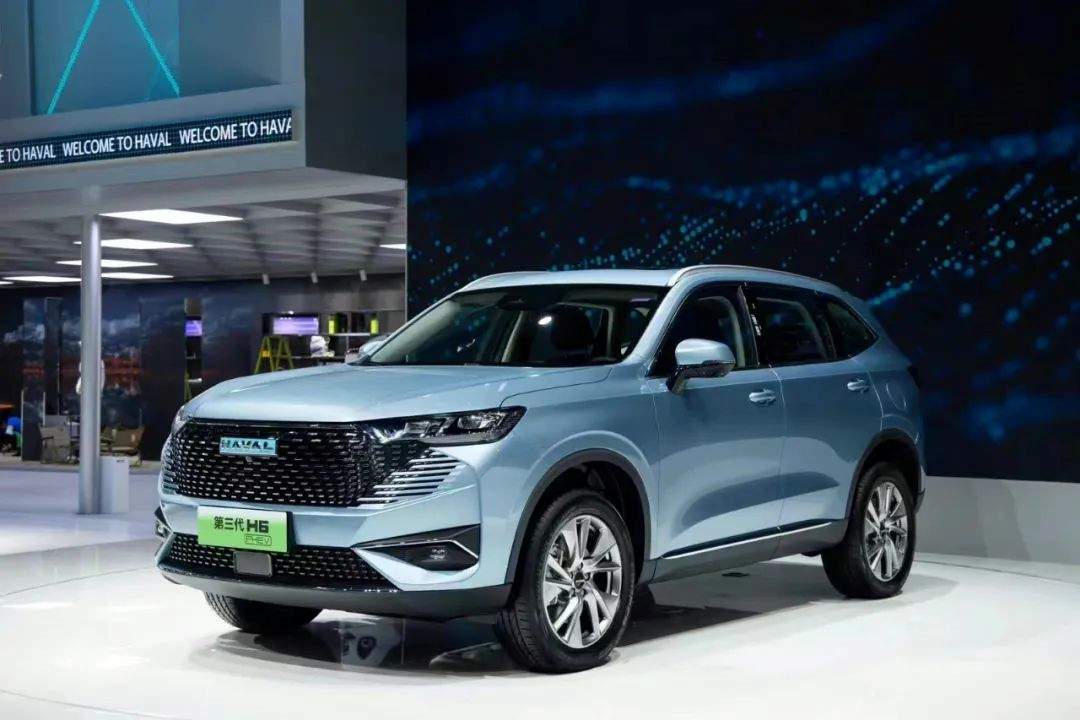Deng Simiao from Co-pilot Temple
Reference for Intelligent Vehicles | Wechat Official Account AI4Auto
The leader of domestic SUVs, Great Wall Haval, is also selling new energy vehicles now.
Leading the pack is the national treasure, Haval H6, which not only has hybrid models, but also two plug-in hybrid models.
With the support of Great Wall Lemon Hybrid DHT technology, the cruising range can exceed 1000km, and fuel consumption can go as low as 4.9L/100km.
During testing by CQVC, after enduring three rounds of battery pack burning, crushing, and water immersion, the internal battery core was undamaged, did not take on water or catch fire and explode.
Standard L2 level autonomous driving assistance is equipped on this model, with prices ranging from RMB 149,800 to 176,800.
Great Wall Haval seems to have come well-prepared.
What kind of vehicle is this?
At first glance, the design of the Haval H6 DHT hybrid model is basically consistent with the petrol model.
While the DHT-PHEV plug-in hybrid model adopts a frameless grille design, with a dot matrix grille shape inside, and a new Haval brand logo.
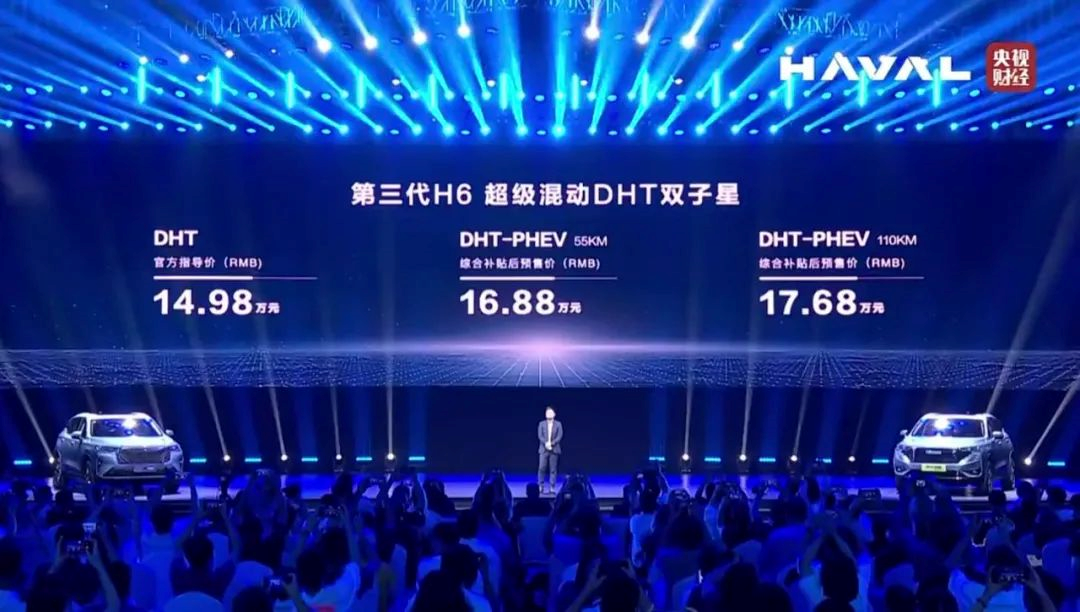
In terms of size, the length of the hybrid model is 4653mm, while the plug-in hybrid model is 30mm longer, at 4683mm.
Other parameters are identical, with a width and height of 1886/1730mm, and a wheelbase of 2738mm.
In terms of interior, the new car is equipped with a 12.3 inch touchscreen and a 10.25 inch LCD instrument panel.
In terms of power, the DHT hybrid model is equipped with a hybrid system composed of a 1.5T engine, 2-speed DHT transmission, drive motor, and a three-element lithium battery pack.
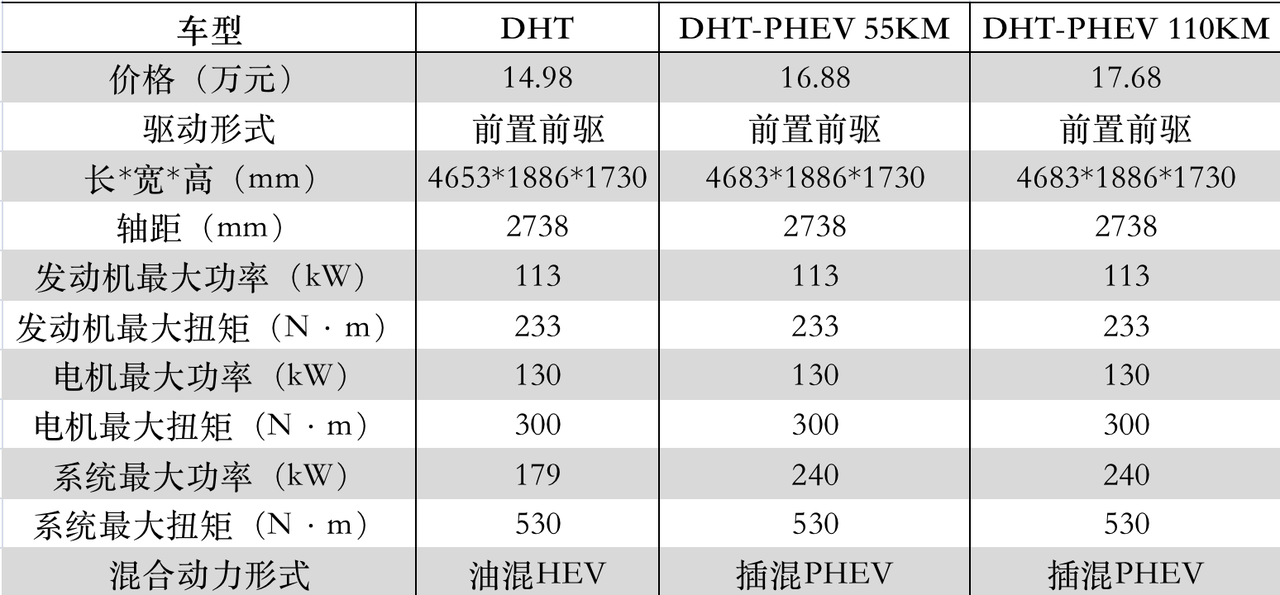
The engine has a maximum power of 113kW and a maximum torque of 233N·m; the motor has a maximum power of 130kW and a maximum torque of 300N·m.
The maximum power of the entire system is 179kW, with a maximum torque of 530N·m, and a 0-100km/h acceleration of 7.5 seconds, with a fuel consumption of 4.9L/100km.
The plug-in hybrid model increases the battery capacity on top of the hybrid model (specific capacity has not been disclosed), allowing for a pure electric cruising range of 55km or 110km.
Thanks to the increase in battery capacity, the motor of the plug-in hybrid model also supports higher peak power output, with the entire system’s maximum power increasing from 179kW of the hybrid model to 240kW, while the torque remains constant at 530N·m.
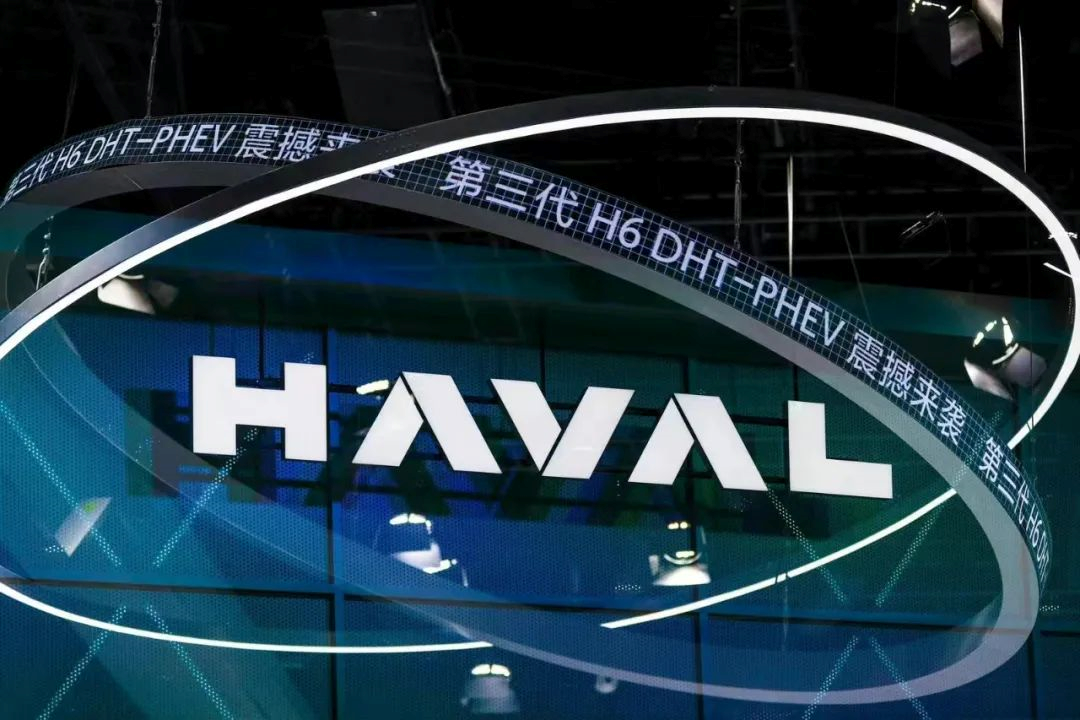 “`
“`
In addition, in the testing conducted by China Automotive Research Institute, the plug-in hybrid model drove continuously for 43 hours from -40℃ to 60℃, and the final endurance mileage reached 1178km;
After the power battery pack underwent three tests of fire burning, crushing, and water blistering, the internal cells remained undamaged, with no water infiltration or fire and explosion.
The official reasons for this achievement are as follows:
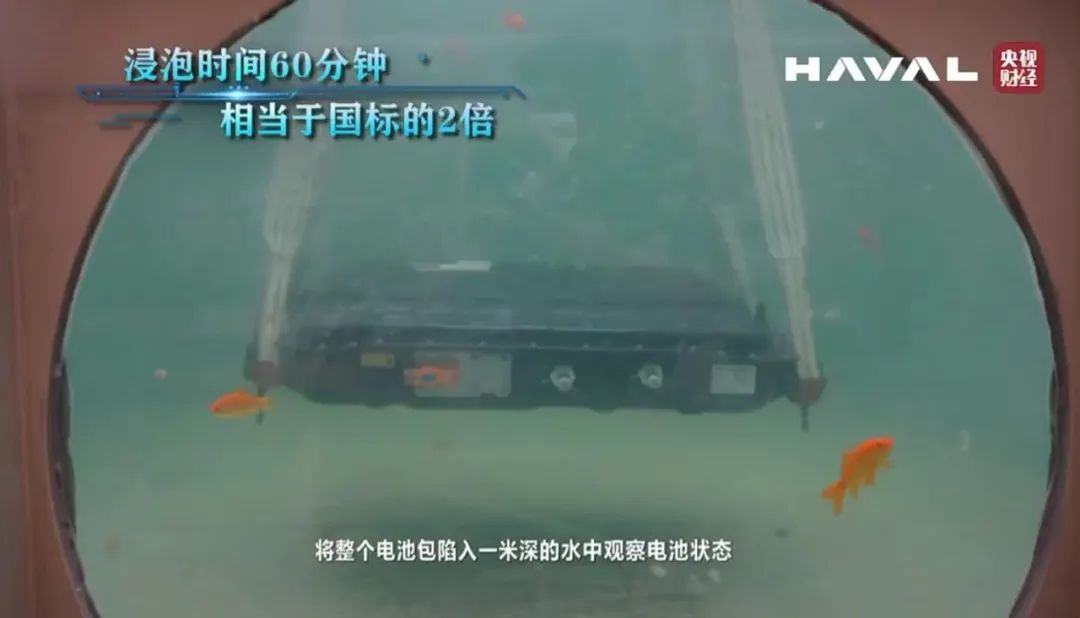
Firstly, the new car battery shell adopts a 1.6mm high-strength steel box with a high melting point of 1500℃. Compared with an aluminum shell, it has 3 times higher heat resistance, higher strength, and stronger ductility.
At the same time, it also adopts an anti-high-voltage spray water structure design, which can withstand high pressure of 10MPa and high-temperature hot water of 85℃.
Secondly, between the battery cell and the outer shell, there is a 30mm reserved thermal insulation space, which is filled with a large amount of insulation materials.
At the connection of the upper and lower battery shell, a high compression ratio and aging-resistant silicone sponge is used to improve the sealing performance of the battery.
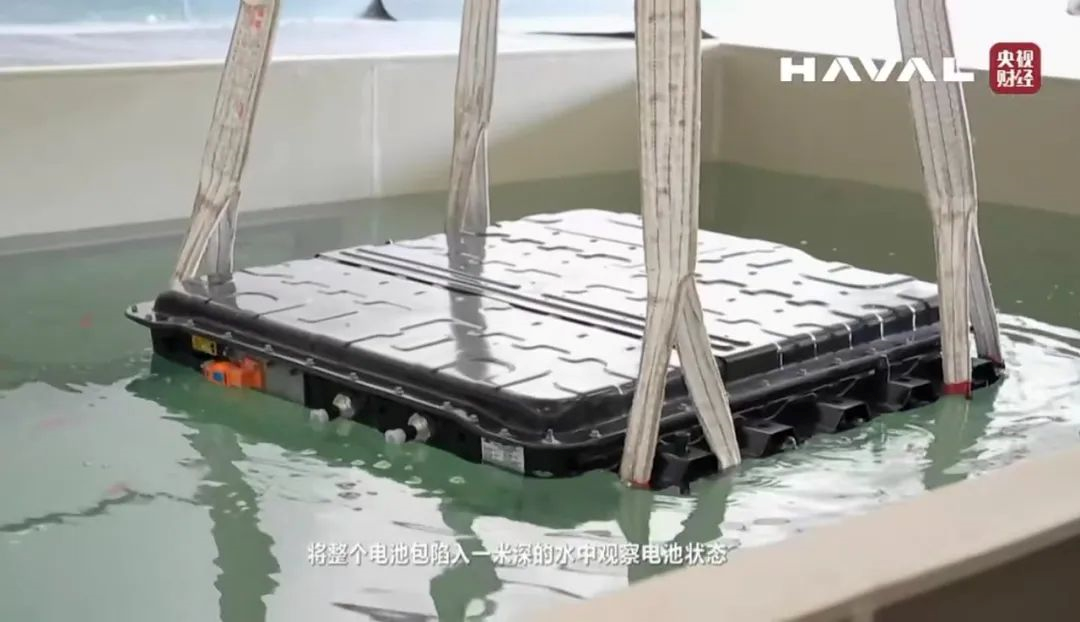
The new car’s battery safety management system can conduct real-time diagnosis and monitoring for 24 hours based on cloud big data.
At the same time, they also jointly developed the battery cell failure evolution mechanism and thermal failure warning algorithm with Tsinghua University, which can combine battery mechanism with AI algorithm to effectively ensure the safety of the battery’s entire life cycle.
In terms of intelligence, the new car has a 360-degree panoramic image, with L2 level assisted driving, supporting adaptive cruise, automatic emergency braking assistance, traffic sign recognition, lane departure warning, lane keeping assistance and other functions.
Hybrid Comes Late, How Does Haval View Its Transformation to New Energy?
Why Transform to New Energy?
Haval believes that challenges and opportunities coexist in the external environment’s three major changes, namely, competitors, consumers, and market structure.
The time point of being surpassed occurred after 2021, especially in the rise of BYD in the first seven months of this year, ultimately due to their rapid switch to the new energy track.
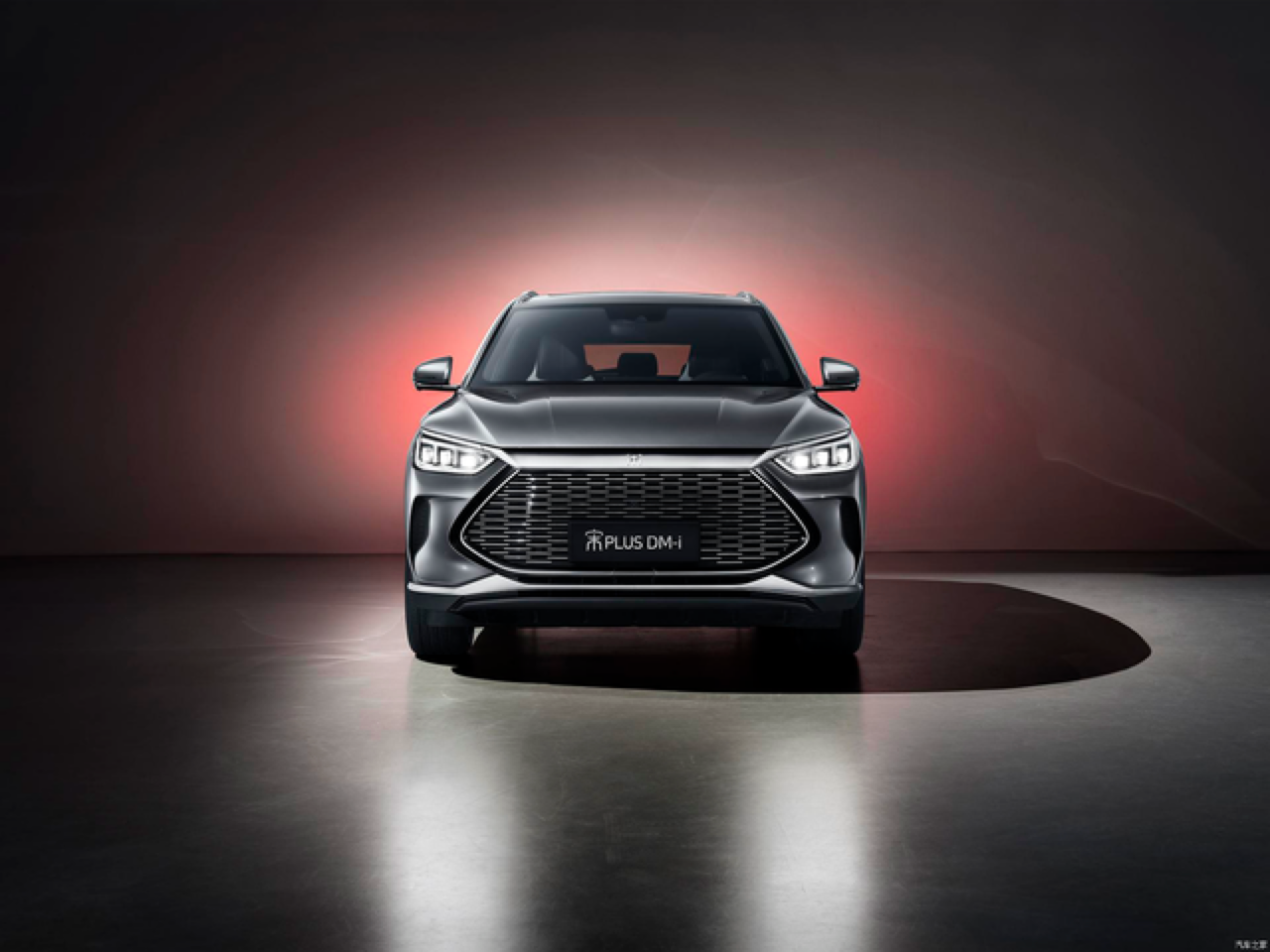
The mental state and purchasing decisions of consumers are also changing, mainly reflected in the penetration rate of new energy, which was less than 1% four years ago but reached 28.4% in the first half of this year.
By comparison, the penetration rate of pure fuel vehicles has decreased to 71.6%.
“`What can also be seen is that the role of national policies is decreasing, and more consumers and young people, when buying new energy vehicles, value not only the dual-limit policy, but also the future that new energy may represent.
The market landscape is also changing, and all new energy power fields are growing rapidly, both pure electric and plug-in hybrid models, which puts higher demands on Haval which is entering the market at this time.
Opportunities mainly come from market share and self-positioning.
Haval plans to enter the oil hybrid (HEV) and plug-in hybrid (PHEV) markets.
HEVs are monopolized by joint venture brands which have seized 90% market share, while the plug-in hybrid market has only two major players, one being BYD and the other being Li Auto, with the two companies holding roughly 70% market share.
Even so, Haval believes that the market landscape has not really been set.
In their view, the 150,000-200,000 yuan and 100,000-150,000 yuan segments are the two largest sub-markets, with the former having a capacity of 850,000 and the latter having a capacity of 1.22 million, accounting for more than half of SUV sales overall.
The reason why Haval chose to enter this 100,000-200,000 yuan market is that oil and plug-in hybrid models will gradually penetrate into this price range market, but currently, there are not enough players and products, so there are still many market opportunities.
Finally, in the new energy field, domestic brands have already beaten joint venture brands.
From the perspective of new energy structure, from January to July this year, domestic brands have already achieved an ownership rate of 82.3%, while joint venture brands only account for 5.6%, with 12.1% accounted for by luxury brands.
As a domestic independent brand, Haval seems to have stepped into a new track, but in fact has “returned to the home field.”
Who gave Haval the confidence to transform?
First and foremost, Haval is able to rely on Great Wall Motor’s new energy independent supply chain.
Not only does it have Honeycomb Energy for batteries and MoiDrive for automatic driving, but Great Wall is also ranked first in terms of technology patents in the new energy field nationwide.
Secondly, with the help of Haval’s own sales channels, they are able to quickly push new energy products to the consumer end.
Haval now has 1,000 first-level 4S channels covering first to fifth-tier cities, 1,000-2,000 second-level channels, and the coverage rate in prefecture-level cities is as high as 96.8%. In addition, a number of specialized new energy exhibition halls will be built this year.
It’s worth mentioning that Great Wall Haval also has the Lemon Hybrid DHT technology.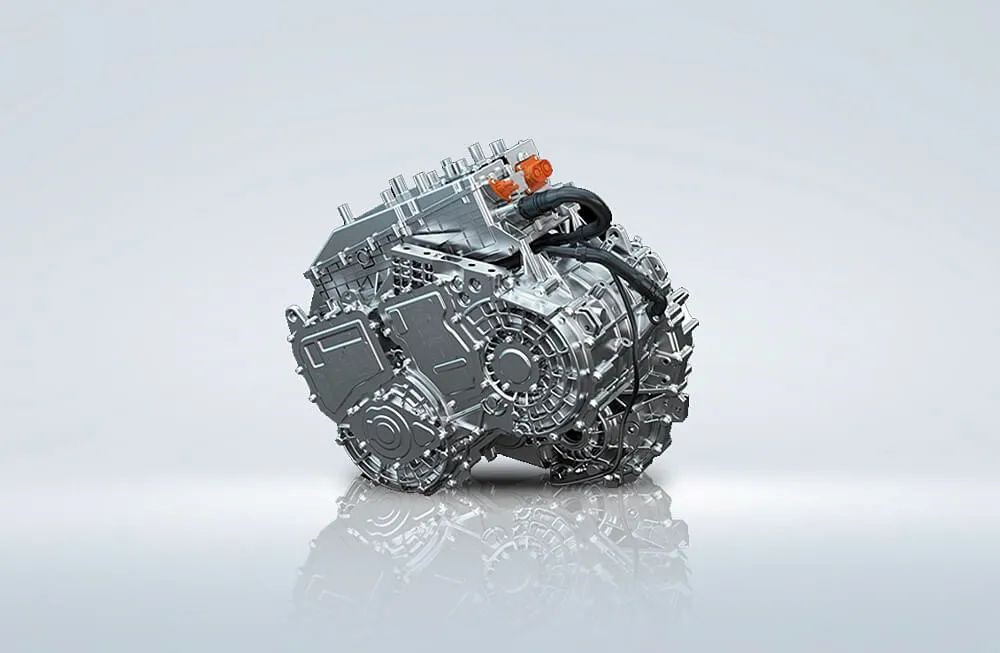
The technical advantages of double-clutch DHT lie in its ability to balance economy and power, and it performs better in urban, suburban or high-speed driving conditions. In addition, compared with single-clutch or range extender, double-clutch will perform more smoothly during the process of power switching.
In order to accelerate the transition to new energy, they first sent the Haval H6, which has a user base of over 7 million.
Who is Haval? The past king of domestic SUV
Haval is a sub-brand under Great Wall Motors, established on March 29, 2013, and known as the “eldest son” of Great Wall.
H6 is the flagship model of Haval brand, which has had a glorious history and won numerous firsts.
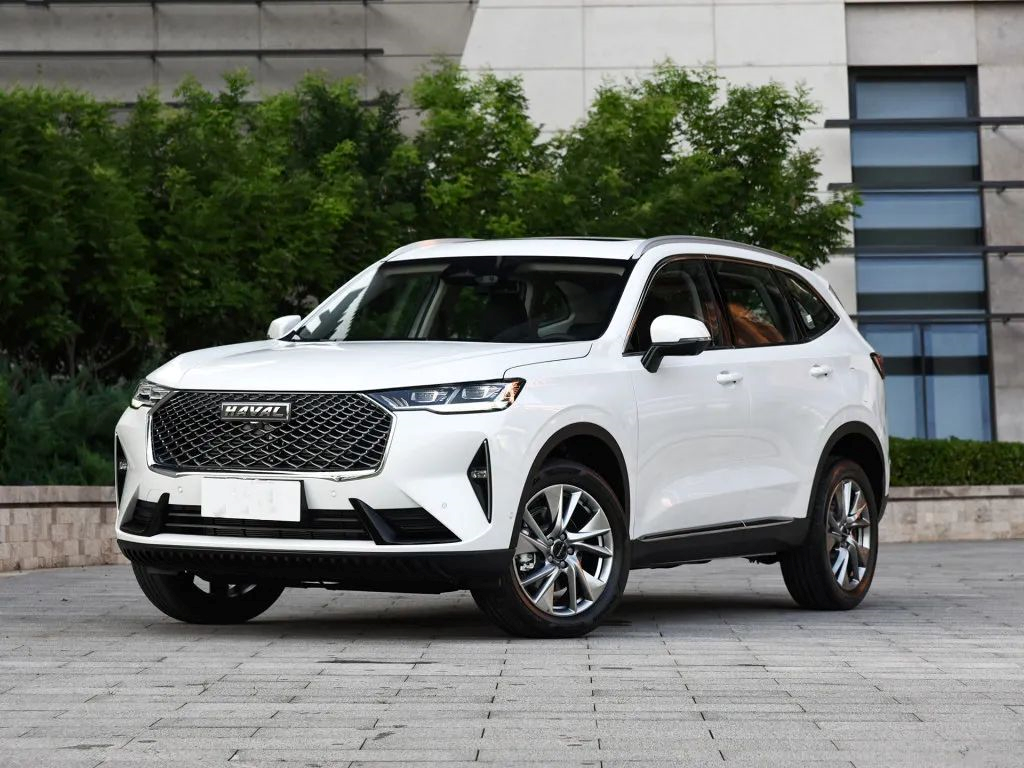
It not onlyheld the SUV sales championship for a cumulative 76 months, but also became the first Chinese domestic SUV model to break through 3.8 million sales, as well as the first and only Chinese domestic model to achieve 3 million sales in only 8 years, and the first and only Chinese domestic model to enter the top 10 global SUV sales list for six consecutive years……
However, the situation of the domestic SUV market has changed dramatically.
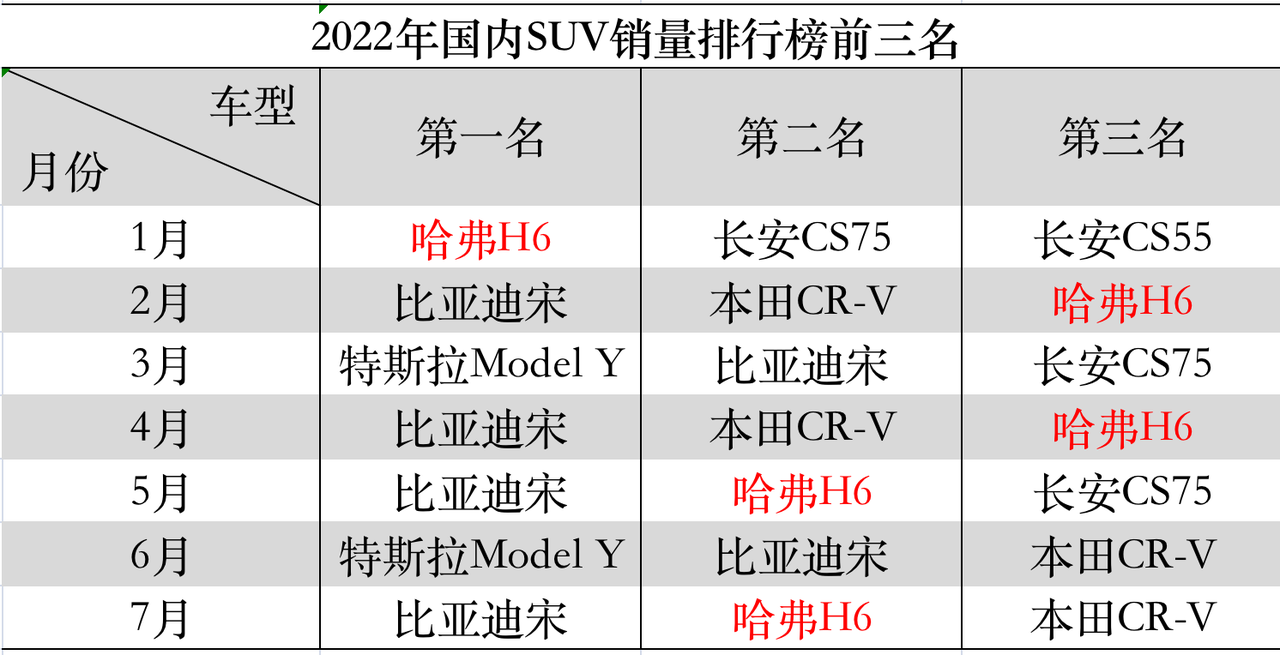
The sales crown of domestic SUVs has already been taken away by new energy up-and-comers such as BYD Song and Tesla Model Y.
BYD Song offers both pure electric and plug-in hybrid models, including the Song Pro DM-i model priced at 138,800-163,800 RMB.

The Tesla Model Y is priced in a different range, with a price range of 316,900-417,900 RMB.
By comparison, the existing gasoline models of Haval H6 have a price range of 91,900-151,000 RMB, with no clear price advantage and it does not represent the latest direction of development in the future.
Competitors such as Honda CR-V also offer hybrid models.
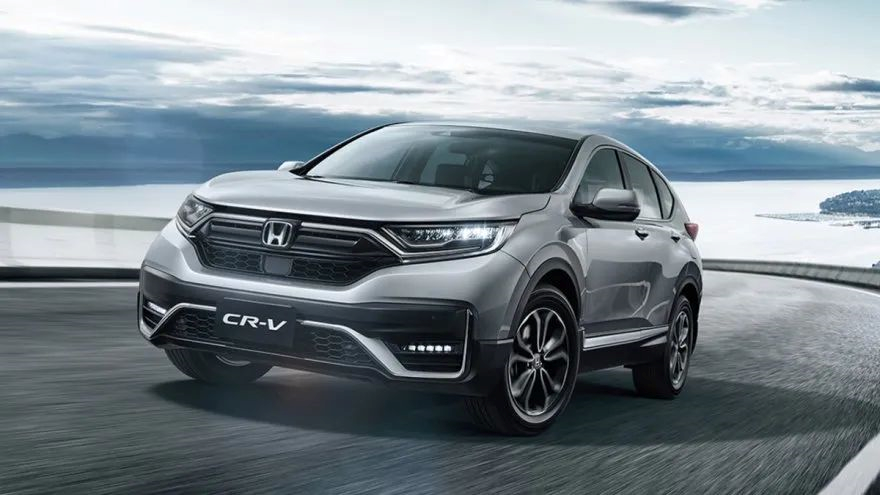
Therefore, innovating power forms and transitioning from gasoline to new energy seems to be the trend and wave of the present.# Haval, the former SUV king, has come to realize and started to catch up.
It’s never too late to mend.
One more thing
“By 2025, Haval and even Great Wall’s new energy models will account for 80% of total sales.”
“By 2030, Haval will stop selling fossil-fueled vehicles.”
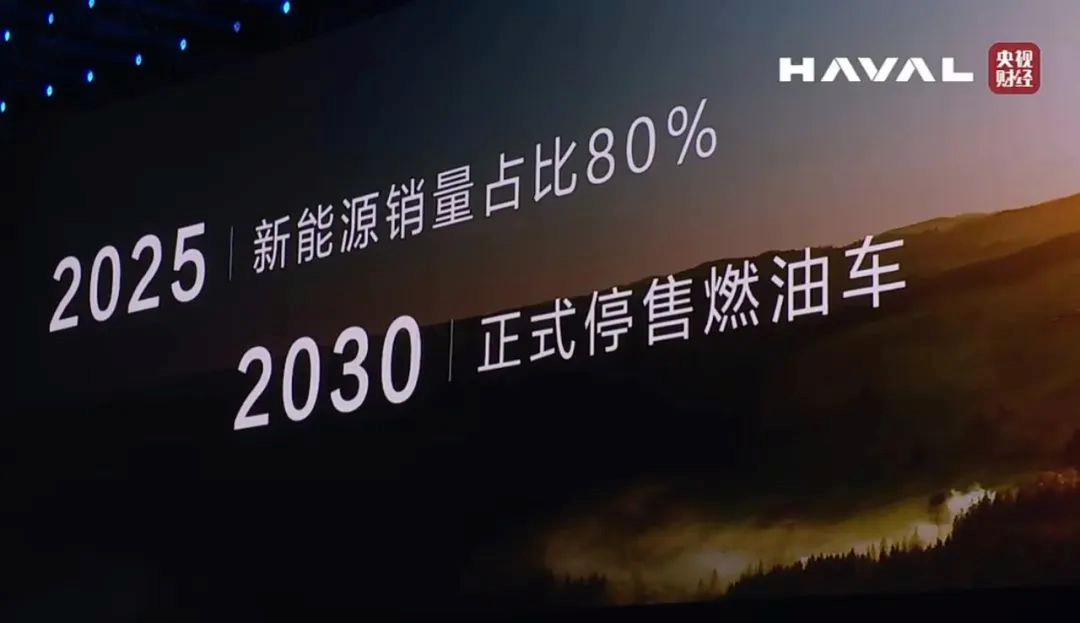
This is the timetable for Haval and Great Wall’s new energy transformation.
It means that Haval’s Cool Dog, Big Dog and other off-road vehicles will be transformed to new energy vehicles. Stay tuned!
— End of the translation —
This article is a translation by ChatGPT of a Chinese report from 42HOW. If you have any questions about it, please email bd@42how.com.
